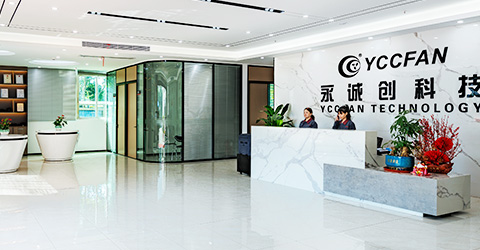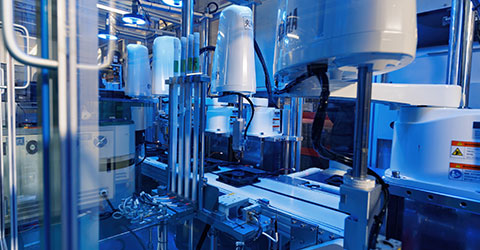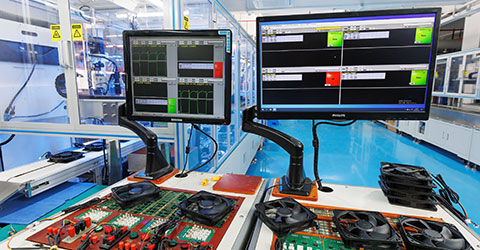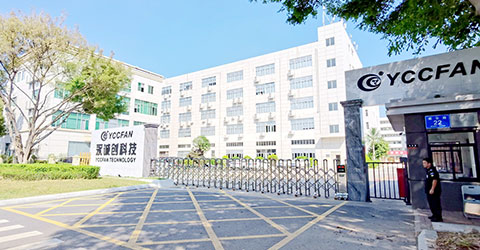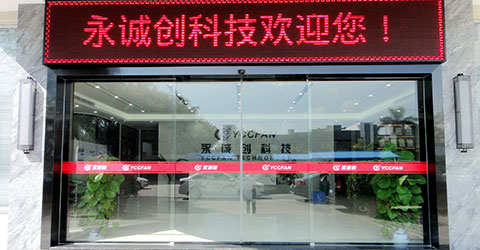The Science Behind Cooling Fans: How They Keep Your Devices Cool
From personal electronics to high-performance data centers, cooling fans are vital for managing heat generated by internal components. Without them, overheating can lead to reduced performance, system instability, or even complete hardware failure.In this article, we’ll explore the science behind cooling fans—how they work, why they're essential, and how they interact with other cooling methods like heatsinks and heat pipes.
If you want to know which cooling fan will be the best in 2025, you can click on this
Learn more:
https://www.yccfan.com/articledetail/507.html
1.Why Cooling FansMatter: Heat Is the Enemy of Performance
Electronic components naturally generate heat during operation, primarily due to electrical resistance, rapid IC switching, and high-frequency electromagnetic activity. As this heat accumulates over time, it can significantly impact system performance if not properly managed. Without effective thermal control, the rising temperature may lead to performance degradation, material fatigue, and even irreversible hardware failure. In particular, overheating can trigger thermal throttling in semiconductors, reducing processing speed as a protective measure. Additionally, excessive heat shortens the lifespan of critical components such as capacitors and solder joints, which can ultimately result in system crashes or instability.
To prevent these issues, implementing a reliable cooling solution is essential. Cooling fans, in combination with heatsinks or advanced liquid-cooling systems, play a key role in dissipating heat and regulating airflow within electronic enclosures. Whether in consumer electronics, electric vehicles, or industrial automation, cooling fans help ensure that sensitive components remain within safe temperature ranges. By maintaining thermal balance, they not only improve operational efficiency but also extend the overall lifespan of the device.
This is where cooling fans come into play. By actively circulating air, they help prevent temperature spikes and maintain thermal stability. In systems like server racks, embedded controllers, and industrial automation equipment, deploying the right type of cooling fan—from compact small cooling fans to high-volume server fans—is essential for reliability and performance.
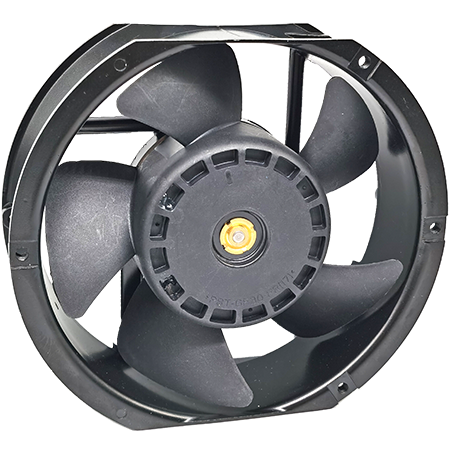
2.The Physics of Heat Transfer: How Cooling Fans Move Heat Effectively
To effectively manage heat in electronics and mechanical systems, it's essential to understand how thermal energy moves. In most devices, heat escapes through three primary mechanisms: conduction, convection, and radiation. Each process contributes differently to temperature regulation and overall cooling efficiency.
Heat Transfer Method | How It Works | Example in Electronics |
Conduction | Thermal energy travels through solid contact, flowing from warmer to cooler areas | Heat passing from a processor to an attached heatsink |
Convection | Heat carried away by the motion of air or liquid | A cooling fan pushing air across a heated surface |
Radiation | Heat emitted as infrared energy from a warm surface | Components radiating heat inside a sealed enclosure
|
Among the three, convection plays the most active role in fan-based cooling systems. When a cooling fan moves air over heated components, it creates what’s known as forced convection—a far more efficient heat removal process than relying on natural airflow alone.
But what makes moving air so effective? Unlike stagnant air, which can form insulating pockets of heat around components, a continuous airflow disrupts thermal buildup by sweeping away the warm boundary layer and replacing it with cooler ambient air. This ongoing exchange allows heat to dissipate faster, keeping sensitive electronics within safe operating temperatures.
In densely packed systems like server chassis, power modules, or industrial enclosures, cooling fans are essential to sustaining performance and preventing overheating. By actively accelerating air movement, fans help convert basic thermal physics into real-world temperature control—ensuring stability, safety, and longer equipment lifespan.
In short,when air is in motion, it continuously replaces the heated boundary layer with cooler ambient air, improving thermal exchange rates. In high-density environments such as server enclosures or industrial machinery, industrial cooling fans and high-efficiency server fans play a critical role in supporting forced convection and maintaining operational temperatures.
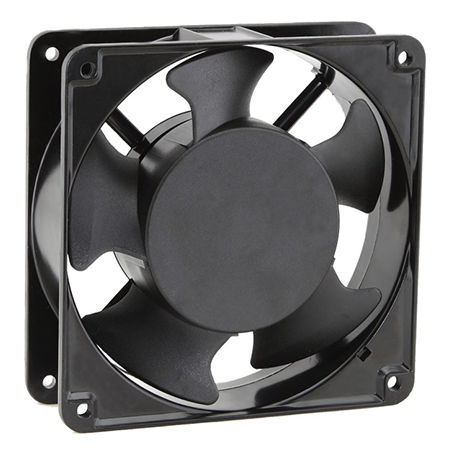
3.Active vs Passive Cooling: How Cooling Fans Make the Difference
In thermal design, two primary cooling strategies are widely adopted: passive cooling and active cooling. While both aim to regulate temperature and protect components, they operate on different physical principles and are suited for different performance demands.
Cooling Approach | Working Principle | Typical Components | Advantages | Limitations |
Passive Cooling | Heat is naturally dispersed through conduction and natural convection | Metal heatsinks, thermal pads, heat spreaders | Silent, low power, no moving parts | Less effective under high thermal loads |
Active Cooling | Uses mechanical systems to move air or liquid and accelerate heat removal | Cooling fans, liquid loops, blowers | Efficient under stress, fast heat response | Requires power, generates noise, needs maintenance |
In active cooling systems, a cooling fan becomes the driving force behind dynamic airflow. Depending on the scenario, engineers may opt for a small cooling fan in compact spaces like ultrabooks or embedded systems, or deploy powerful industrial cooling fans in rugged environments to ensure stability under constant thermal stress.
In server fan configurations, airflow direction, speed, and redundancy are key design factors that enhance uptime and thermal responsiveness in large-scale systems.
Modern electronic devices often employ hybrid cooling solutions that combine the strengths of both approaches. For instance, ultrabooks and compact laptops use heat pipes to channel heat away from processors to a small fin stack, where a miniature fan disperses it into the surrounding air. In enterprise servers, multiple high-speed fans work in tandem with large heatsinks to maintain safe operating temperatures even under sustained computational workloads.
By strategically integrating passive and active methods, engineers can achieve more effective and energy-conscious thermal management, adapting cooling capacity dynamically based on the system’s real-time demands.
Learn more:
https://www.yccfan.com/articledetail/503.html
Learn more about cooling fan:Does High-Speed Cooling Fan Work Better?
https://www.yccfan.com/articledetail/478.html
Do you want to know the advantages of cooling fan? You can learn more from this
Conclusion:
Cooling fans, whether in the form of industrial cooling fans for heavy-duty equipment or miniature fans in mobile devices, are essential for maintaining safe operating temperatures and extending component life. By leveraging forced convection and supporting both active and passive cooling strategies, these fans bridge the gap between thermal physics and real-world performance.


